Just yesterday, almost simultaneously, I received press releases from two totally different breweries — Longmont, Colo.-based Oskar Blues Brewery and Cleveland-based Platform Beer Co. — about new hard seltzer lines both will start distributing. Figured it was a sign I needed to finally understand the hard seltzer market.
My first theory was that George Costanza was right and people have been actually ordering salsa and mistakenly getting seltzer over a long enough period of time that the market has adjusted. While this hasn’t been disproved, the more popular answer is the growth in the flavored malt beverage category as a whole, which is an offshoot of the consumer trend toward “healthier” versions of traditionally less healthy things — think gluten-free pizzas, vape cigarettes, CBD-infused products and now the prospect of “healthy alcohol.”
It does have a certain ring to it. Whatever the case, this category is officially a thing and craft breweries that are hyper focused on staying ahead of trends and diversifying their paths to growth are jumping in. Let’s see how they are doing it.
Trend insight
According to Nielsen data, U.S. sales of hard seltzers in retail stores hit $336 million over a 12-month period ending Aug. 11, which equals a 168 percent increase year over year. For Platform Beer Co. in particular, according to IRI data, four of the ten fastest growing malt beverage/beer brands in Ohio over the past 12 months are hard seltzer brands. From its founding, Platform has been known for constantly churning out new, innovative beer brands as well as countless sours, ciders and apple ales, so the “Seltzer Project” seems like a natural move for the brewery.
“It is hard to ignore the growing popularity of hard seltzers recently,” said Platform VP of Sales Matt Subel. “We have built a brand that is focused on research and development, is heavy on innovation and listens to our customers. We have never been afraid to lean into consumer trends, and this approach has led to some of our most unique products. Once we analyzed the data from the past year, we decided to turn the R&D brewers loose.”
The result is a 5 percent ABV beverage that only contains 4 grams of carbs and only 110 calories and fruit-focused flavors — Black Cherry, Grapefruit Tangerine, Passionfruit, Ginger Lime, Strawberry Lemonade and Tropical Punch.
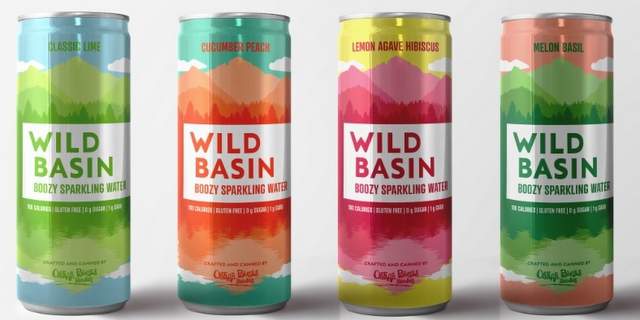
Oskar Blues Brewery, which is billing Wild Basin Boozy Sparkling Water as “the first national craft hard seltzer,” is taking a slightly different angle and speaking directly to active lifestyle consumers. Wild Basin also clocks in at 5 percent ABV, 100 calories with 0 grams of sugar and only 1 gram of carbs, but with flavor combinations like Cucumber Peach, Melon Basil and Lemon Agave Hibiscus. I admit those words in that order make me thirsty.
Another value-add that might catch these consumers, Oskar Blues said it will donate $1 per case to its charitable partner, The Can’d Aid Foundation, in support of river preservation initiatives and other forms of people-powered do-goodery. Through various digital channels, consumers will be able to track in real time how much money has been donated and see exactly how their contributions will be used. Pretty cool.
Operational insight
A facility and business geared around making one style of product can’t just easily start producing another, but both Platform and Oskar Blues saw how their current operations and brand philosophies would allow for a smooth transition.
“We discovered that, outside of some specialized equipment additions, we had most of the equipment in-house to produce high-quality craft Seltzer,” Benner said. “We are proud of the efforts of our brewing team that fine-tuned processes and recipes to develop a finished product that is unique and tastes great. It’s been a challenge and a learning experience — two things that energize our team.”
Packaging is a core differentiator for Oskar Blues, and the company made a significant investment in new canning and packaging lines that are able to handle sleek cans at volume. The colorful cans are intended to grab shoppers’ attention and evoke the natural beauty of the mountain landscape that inspired the brand. In a category that is predominately white in color, Wild Basin is going bold, vibrant and eye-catching.
So, what exactly is this opportunity?
While the “healthy alcohol” appeal makes sense, is it a fad? I mean, remember when hard root beer was suddenly everywhere? Oskar Blues definitely does not see it that way because the sales trend is actually grounded in the steady movement toward healthier options (which a novelty sugar-blast from a boozey root beer would not fit into).
“Our research shows that the hard seltzer market will continue to grow and could even double in 2019,” CANarchy CMO Patrick Daugherty told CBB. “We believe Wild Basin Boozy Sparkling Water is well positioned to compete in this space and even help grow the category by grabbing share from wine and spirits.”
We asked Daugherty if this is actually seen as a replacement for beer not just for the consumer but for the CANarchy portfolio — long term is this going to reduce the amount of CANarchy beer on the shelf or add even more? Here’s how he explained this new opportunity:
“It’s an incremental offering,” he said. “Today’s consumers have so many choices across so many occasions. We wanted to make sure Oskar Blues had a unique offering that really targeted the active-oriented consumer by tapping into the health and wellness trend. Millennials drink more beer more often, and hard water consumption skews toward millennials. Millennials are a value driven generation. Oskar Blues is a value-driven brewery.”
“Our goal is to introduce something that can help grow the new flavored malt beverage category. We believe this segment deserves its own focus and will receive additional shelf space beyond existing craft beer space and gain placements in addition to OB’s current portfolio.
“We took a very deliberate approach to branding Wild Basin. We chose to call out our Oskar Blues connection and parentage because we believe it offers consumers the quality and innovation credentials they’ve come to know and expect over the years. Our existing Oskar Blues consumers can learn about and experience Wild Basin, while new consumers who pick up Wild Basin can see the connection to Oskar Blues, be intrigued and brought into the larger Oskar Blues portfolio … We believe the Oskar Blues branding will work hard for us and cast a halo over the larger brand.”
Final thought
How the hard seltzer and FMB segment grows from here will be curious to watch, not so much in how popular it gets, but who benefits. Obviously the majority of the best-selling hard seltzer offerings are produced by who you would expect: SpikedSeltzer is Anheuser-Busch, Henry’s Hard Sparkling is MillerCoors. White Claw is Mark Anthony Group. And so on. These companies essentially created this category, partly out of a need to diversify when their beer sales stalled thanks to changing consumer tastes and the rise of craft beer.
But with the success of Boston Beer Co.’s Truly Spiked & Sparkling (which still counts as a craft organization under the BA definition) and early adopting craft brands like the two above selling to a seemingly savvier, trendier consumer, it will be interesting to see how the Big Brand to Craft Brand split of the market develops. The large national corporations had a head start developing their brands and sales channels as usual, but unlike beer, they won’t have a half century to keep it that way before craft competition emerges.

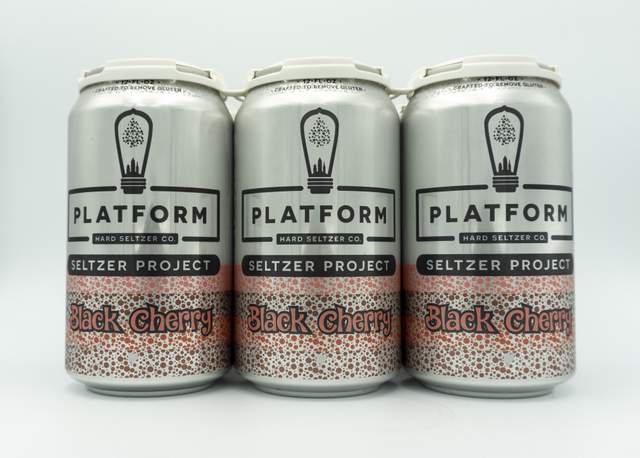
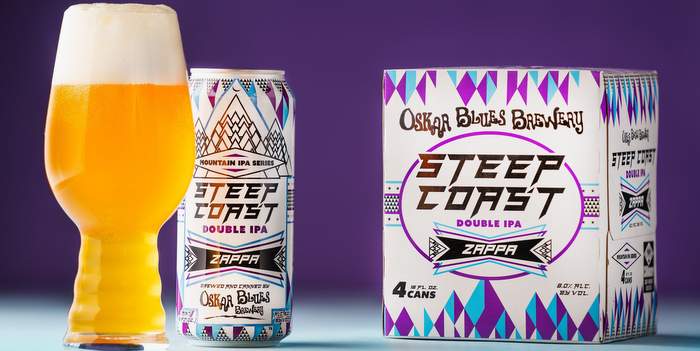
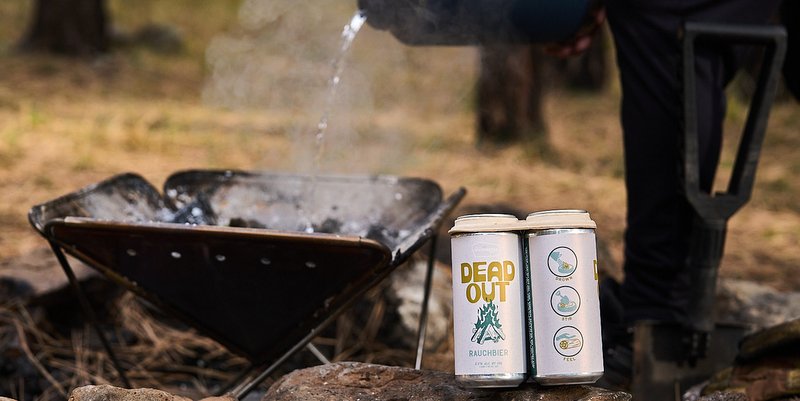
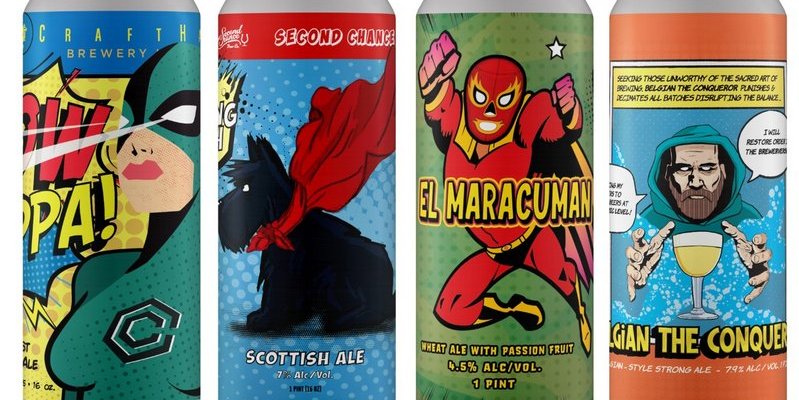
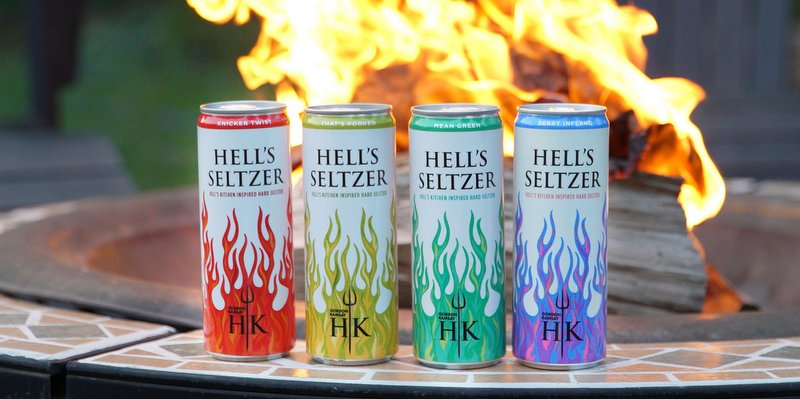
Leave a Reply
You must be logged in to post a comment.